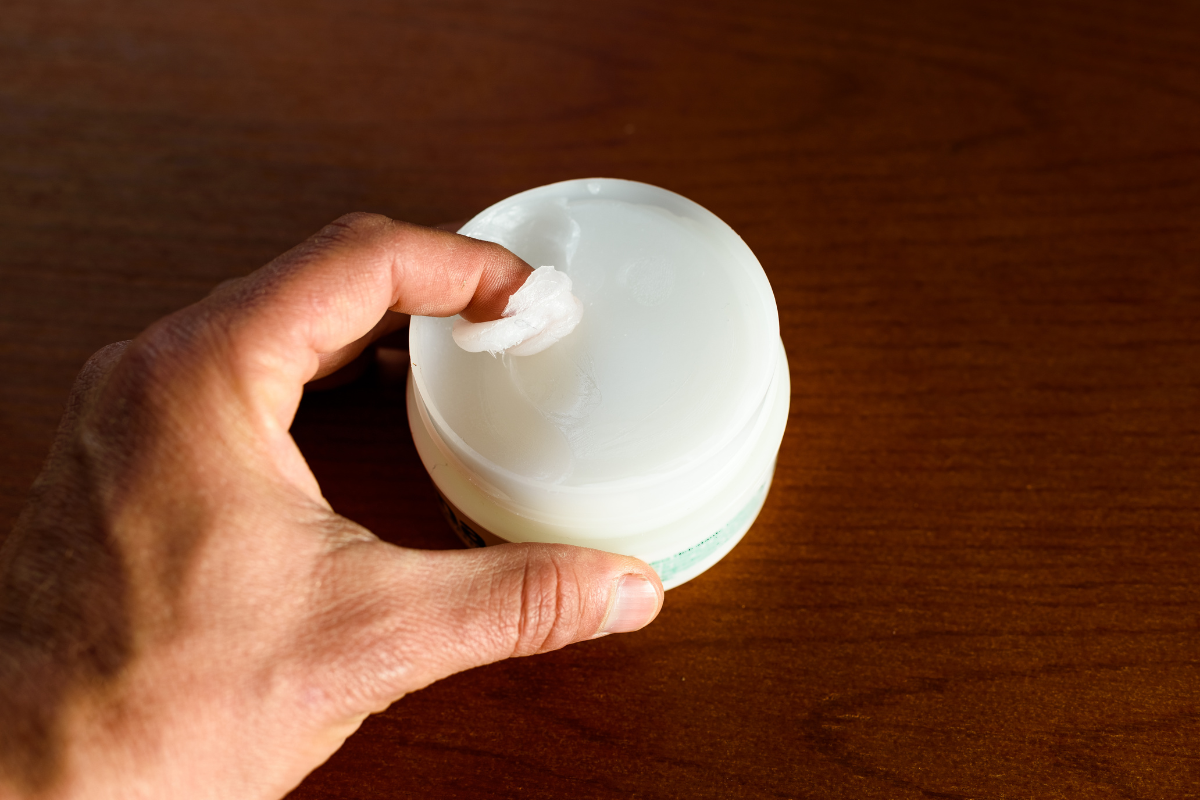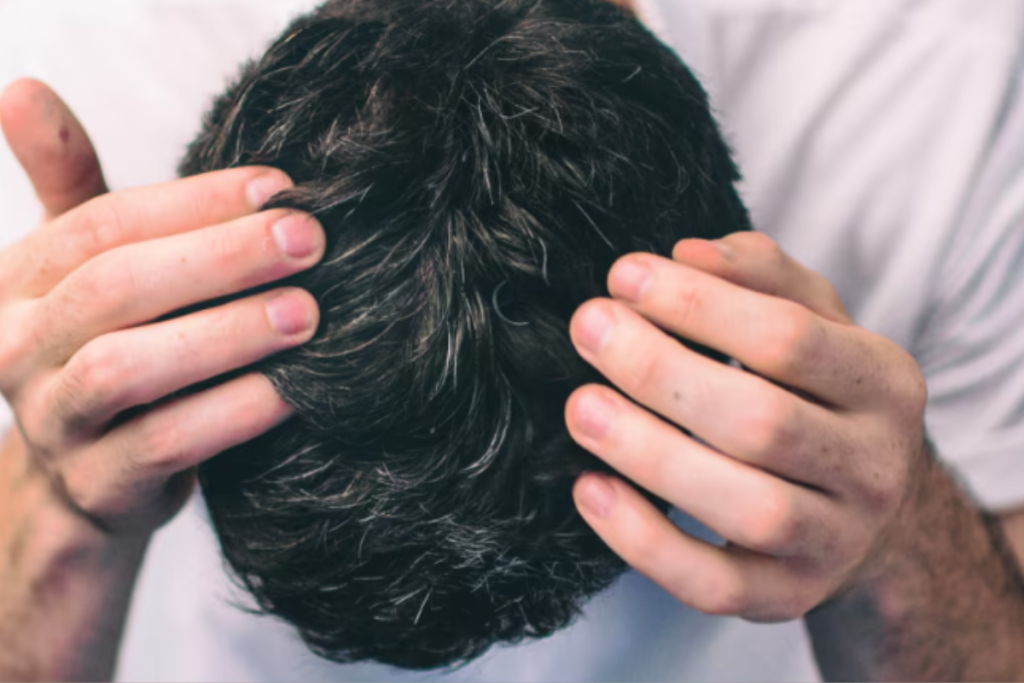When it comes to colouring hair, most men are looking for a change that looks great, feels right, and doesn’t cause long-term damage. But here’s the reality not all hair dyes are created equal, especially if you care about keeping your hair and scalp healthy. Whether you’re touching up greys or going for something bold, the key is to choose a product that works with your hair not against it.
In this guide, we’ll break down the healthiest types of hair colour for men, including what ingredients to look for, what to avoid, and how Canadian factors like hard water and dry winters can affect your results. Plus, we’ll share advice from a barber who is experienced in cutting hair with chemical damage or sensitive scalps.

1. Go for Ammonia-Free Dyes
One of the biggest culprits of scalp irritation and hair dryness is ammonia. It’s a harsh chemical used to open the hair cuticle so the dye can penetrate. But this can also lead to:
- Brittle, dry hair
- Increased breakage
- An itchy, flaky scalp
Ammonia-free hair dyes, such as Just For Men Easy Comb-In Colour or Clairol Natural Instincts for Men, are much gentler and a safer option for long-term use. They still deliver decent colour payoff while helping maintain your hair’s natural moisture.
2. Choose Semi-Permanent Over Permanent
For men who aren’t looking for a drastic change or who want to avoid full-on chemical exposure, semi-permanent dyes are a smarter option. They:
- Fade naturally over a few weeks
- Don’t contain peroxide or ammonia
- Are less likely to damage your hair structure
They’re especially ideal during cold Canadian winters, when dry air already stresses out your scalp and strands. A semi-permanent formula provides colour without adding to the seasonal damage.
3. Look for Plant-Based Ingredients
Hair dyes with botanical extracts and natural oils are easier on both your scalp and the environment. Some of the healthier ingredients to look for include:
- Aloe vera (soothes the scalp)
- Coconut oil or argan oil (moisturizes and protects)
- Chamomile (helps calm skin reactions)

Brands like Herbatint or Surya Brasil offer plant-based hair dyes that are free from harsh additives, making them a better choice for men with sensitive skin or allergies.
4. Avoid PPD and Other Harsh Chemicals
Para-phenylenediamine (PPD) is a common ingredient in many dark hair dyes, but it’s also known for causing allergic reactions. Some signs include:
- Burning sensation on the scalp
- Redness or swelling
- Long-term sensitivity to future dyes
Look for products that are PPD-free, resorcinol-free, and paraben-free. Your scalp will thank you.
5. Hard Water and Hair Colour: What Canadian Men Need to Know
If you live in South West Ontario, there’s a high chance your water is on the harder side. Hard water contains minerals like calcium and magnesium that can:
- Fade your hair dye faster
- Make hair feel coarse or dull
- Interfere with the absorption of colour
Using a clarifying shampoo before colouring or installing a shower filter can help reduce mineral build-up. Also, choose hair colour products that are known to hold better in hard water conditions. A local expert who knows haircuts for such hair type can guide you toward a dye-and-care combo that works in your region.
6. Temporary Colour Sprays for Low Commitment
If you’re just testing out a new look or covering up a patch of grey for a weekend event, temporary colour sprays can be a safe bet. They:
- Rinse out with one shampoo
- Don’t penetrate the hair shaft
- Are completely non-damaging
They’re perfect for first-timers or guys with commitment issues when it comes to hair changes.
7. Don’t Skip Aftercare: Shampoo and Conditioner Matter
After dyeing your hair, maintenance is half the battle. Use sulphate-free shampoos and conditioners designed for colour-treated hair. Products with keratin or protein blends can help repair any slight damage and keep your colour vibrant longer.
Bonus tip: Avoid hot water rinses and intense sunlight right after colouring, both of which can dull or strip the dye.
Final Thoughts
The healthiest hair colour to use isn’t just about avoiding damage it’s about choosing what’s right for your lifestyle, skin sensitivity, and environment. Canadian weather, hard water, and your natural hair type all play a role in how your hair reacts to dye. That’s why it’s always a good idea to consult with a barber who is experienced in cutting hair with this issue and can offer personal recommendations based on your hair’s condition.
Hair colour can be a game-changer, but only if it’s done the right way. Choose clean, gentle formulas, follow good aftercare, and give your hair the attention it deserves.
Need help choosing a hair-safe product or planning your post-dye cut? Stop by Stylish Barbershop. We help men make smarter grooming decisionswithout compromising style or scalp health.

